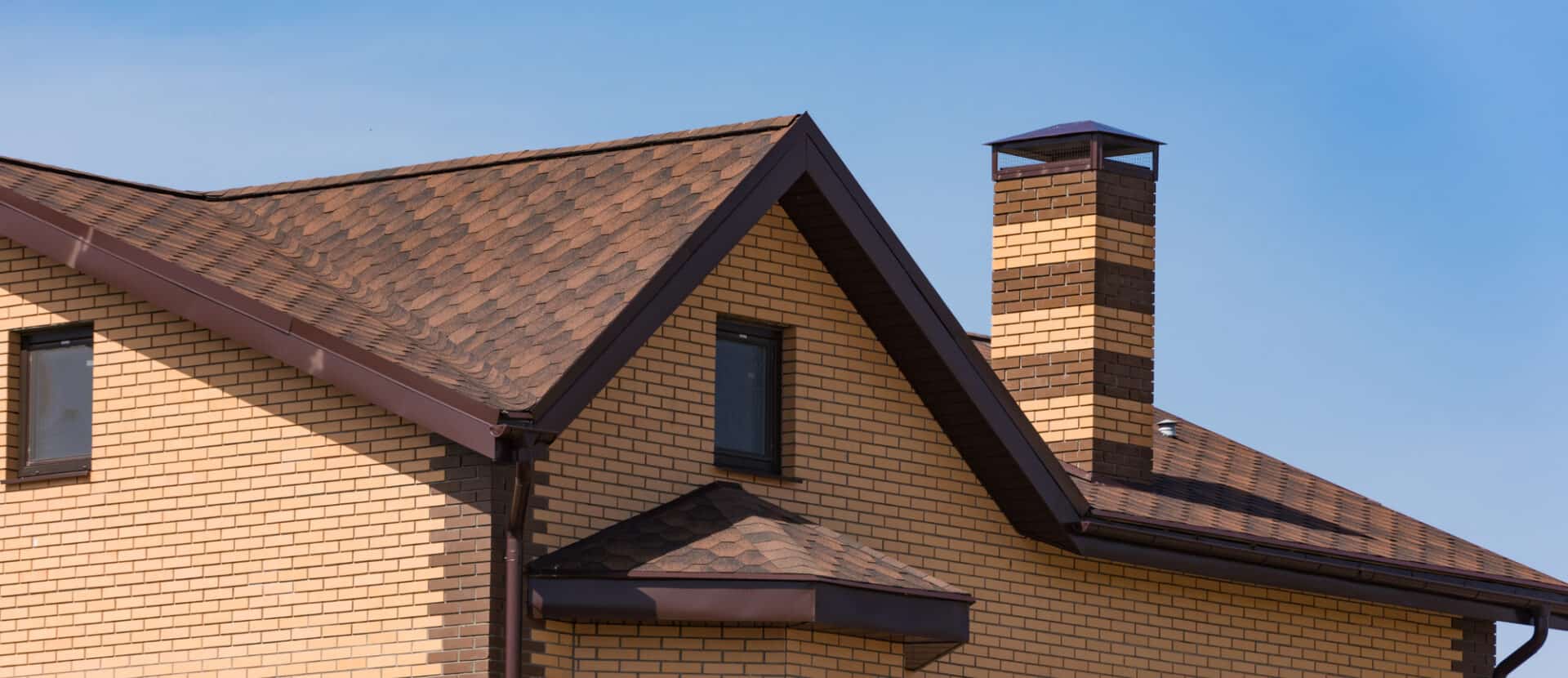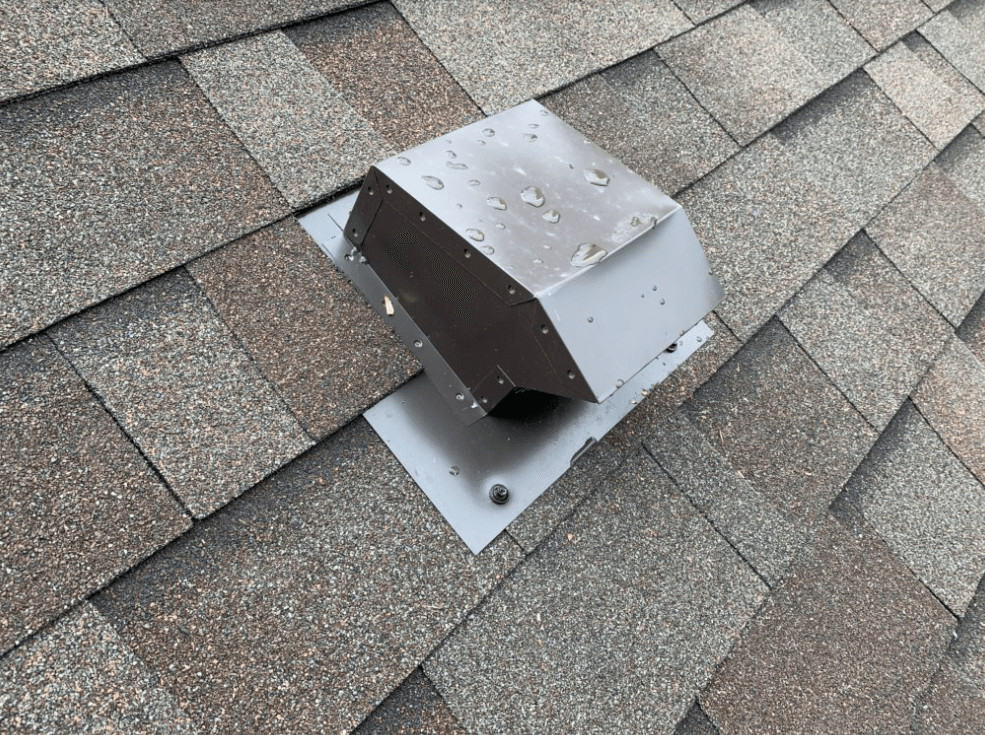You need to replace your roof. So you call and get a few roofing contractors to come out and give you free “estimates.” When comparing these estimates, you notice differences in the verbiage describing what will be done. How do you know which roofer is actually doing a complete job? Are you going to get a roof put on that you won’t have to worry about for a long time? Are they leaving things out to charge you more with the final bill?
Since you don’t deal with installing roofs every day, I’m sure you aren’t quite sure what to look for. I want to solve that for you! This short guide will explain each step that needs to be taken, with a very brief description and a link to learn more about each one.
What To Look For In Every Roof Replacement Estimate
First off, I think “estimate” is a lousy term for a roof proposal. Wouldn’t it be nice to get a “promise” instead? Something that doesn’t sound like it’s almost guaranteed to change?
Most roof replacement projects are not so complicated that an accurate price can’t be determined beforehand. There are some unforeseen costs that come up from time to time, but a good contractor will know what those are. He’ll be able to lay them out upfront, so it’s unsurprising if something comes up.
I recommend you get your contractor to agree on a final price before they are awarded the job. This is one of the reasons contracts are so important. With no contract, your word against his doesn’t hold up very well in a court of law. I’d like to believe everyone out there is honest, but unfortunately, that’s not our world.
That said, I’ll go through each of the steps and materials that I believe should be the baseline for every residential roof replacement.
1. Permits – You don’t have time for this; your contractor should pull all the permits necessary. If not, this is a big red flag!
2. Tear-off – Unless you’re seriously strapped for cash, a tear-off must be done to ensure your roof will last more than 5 years.
3. Roof deck inspection and replacement if necessary – After the roof is stripped down to the wood decking, it must be inspected to be sure it will hold nails and not fail shortly after your new roof is installed.
4. Ice & water shield – To meet building code requirements, this thick & sticky-back felt paper must be installed from every eave up to 24″ inside the exterior walls of your home, and in all valleys.
5. Felt paper – A minimum 15# should be used; I strongly recommend a high-quality synthetic felt.
6. Starter Shingle – Specialized starter shingle with a tar strip.
7. Shingle – Minimum of an architectural style shingle with a limited lifetime warranty.
8. Certification – The roofers installing shingles on your roof should be certified by the manufacturer to know how to install it properly. (Improper installation can void your warranty)
9. Fastening – Manufacturers require at least 4 nails per shingle; we recommend 6 properly placed nails to guarantee you don’t have problems with blow-offs in the future.
10. Drip metal – This metal protects fascia and makes sure water goes into the gutters where it belongs. Ice shield must be installed over drip metal to prevent water from getting in your soffits.
11. Valleys – Minimum of 1 layer of ice shield to meet code; I strongly recommend a layer of valley metal as well to prevent break-throughs that leave water draining into your home.
12. Pipe flashings – When your roof is installed, these must be replaced. I recommend an all-metal solution since metal flashings with a rubber gasket tend to wear out in 10-15 years.
13. Wall flashings – 81% of roof leaks occur where flashings are installed. Most of the roofs we replace have some sort of leak in their current flashing system, so I recommend replacing all the wall flashings.
14. Ventilation – Must be updated to meet code requirements. Roof louvers or “cans” work (but should never be re-used), and a ridge vent is best.
15. Ridge cap – A specialized ridge cap should be used, not just cut shingles.
16. Workmanship warranty – Length and what it covers should be clearly stated in writing. Don’t let someone explain it to you verbally – again, it will be your word vs. theirs if there is a problem.
17. Manufacturer warranty – Even the new “lifetime” warranties are quite limited. Find a credentialed contractor that can offer a 100% lifetime manufacturer warranty to ensure you don’t get the short end of the stick if something happens.
Contact Us For a Quote
That just about does it. Again, this is a baseline of the items that should be included in the proposal you receive. And be sure to get a guaranteed price! Contact the roof experts at New Heights today, and we’ll provide you with an honest quote for the work.




